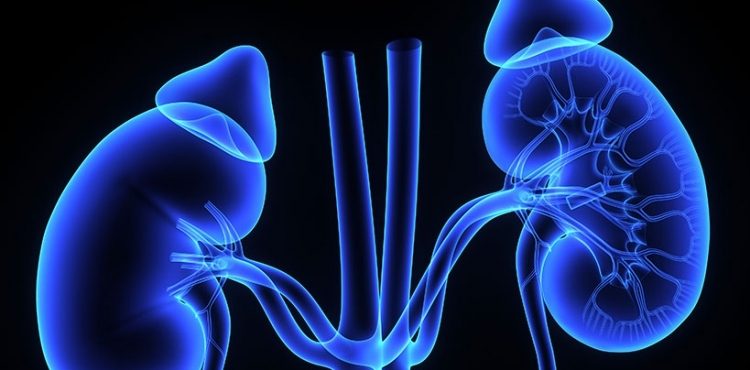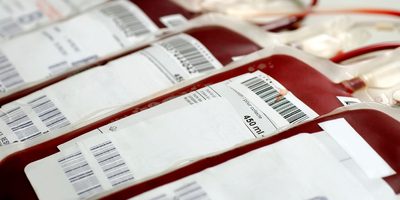
Study ends debate over best way to prevent acute kidney failure post angiogram
Treatments commonly used to prevent acute kidney failure and its complications arising from common angiography procedures make no difference to health outcomes, a major new study has found.
A team of international researchers studied the effectiveness of two common treatments used to prevent serious harm to patients undergoing angiography.
The worldwide study published in the New England Journal of Medicine investigated the effects of sodium bicarbonate and N-acetylcysteine and found that neither were any better than using saline alone. These treatments were thought to reduce the impact of the contrast agents used in angiography upon kidney function, having been studied and used for over 15 years.
Lead author Associate Professor Martin Gallagher, of The George Institute for Global Health, said: “Both of these treatments are used in hospitals all over the world with the belief that they are helping patients. The scientific evidence to support such practice has been confusing, so the use of these treatments varies between hospitals and individual doctors."
Co-author Dr Steven Weisbord added: “This definitive study has shown that these treatments are not helping people avoid acute kidney failure nor the other poor outcomes that result from this complication. In addition, they are adding unnecessary complexity and cost.”
Millions of these angiograms are performed around the world annually, with some 76,000 heart-related angiograms done in Australia every year. Patients who have a history of kidney disease, heart failure or diabetes have a higher risk of these complications, which are associated with longer hospital stay, higher mortality and worsening of kidney function.
Assoc Prof Gallagher said: “Whilst these treatments do not appear to cause harm, our results suggest that patients should instead just be treated with saline which is both cheaper and more readily available.”
The study is an international collaboration with the United States Department of Veterans Affairs and involved 5,000 patients from the US, Australia, New Zealand and Malaysia.
The results from this research, which were also presented at the AHA Scientific Sessions 2017, will inform and shape worldwide clinical guidelines.
Read the full study paper in the New England Journal of Medicine.



